These are the places that are quietly banning senior travelers.
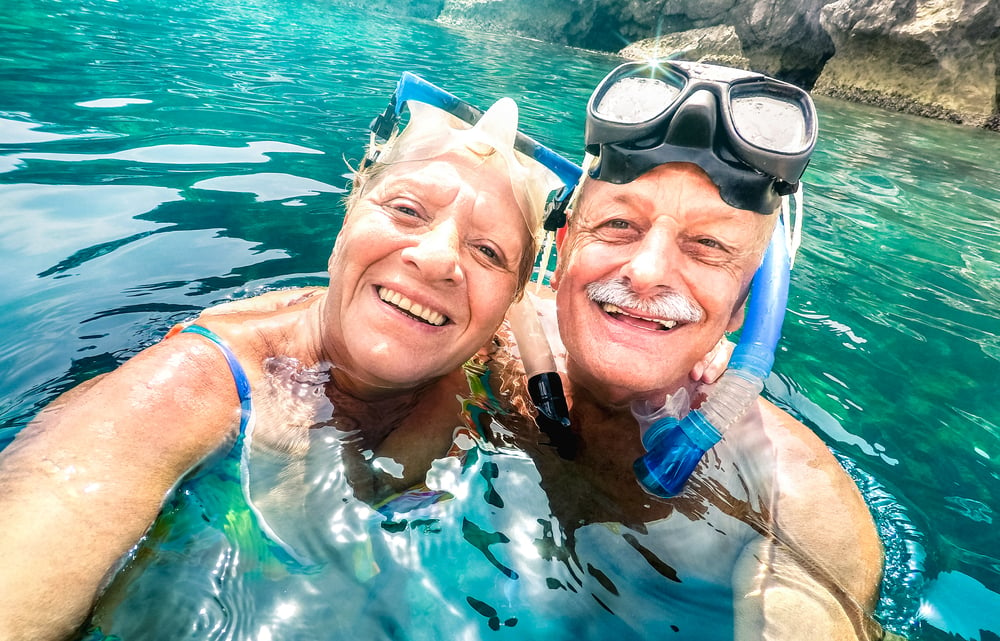
Travel is a constantly evolving adventure, but lately, some of the world’s most beloved spots are quietly changing who they welcome. While no official ban might be slapped directly on older boomers, practical barriers and new regulations are effectively limiting their access. Rising concerns about overcrowding, environmental damage, and preservation have led destinations to impose restrictions that disproportionately affect older travelers.
Many destinations now require a level of physical vigor or sustainable behavior that some boomers find challenging. This subtle shift is reshaping travel experiences and encouraging a new kind of tourism that values preservation highly.
1. Machu Picchu, Peru is limiting visitors to protect its ancient heritage.
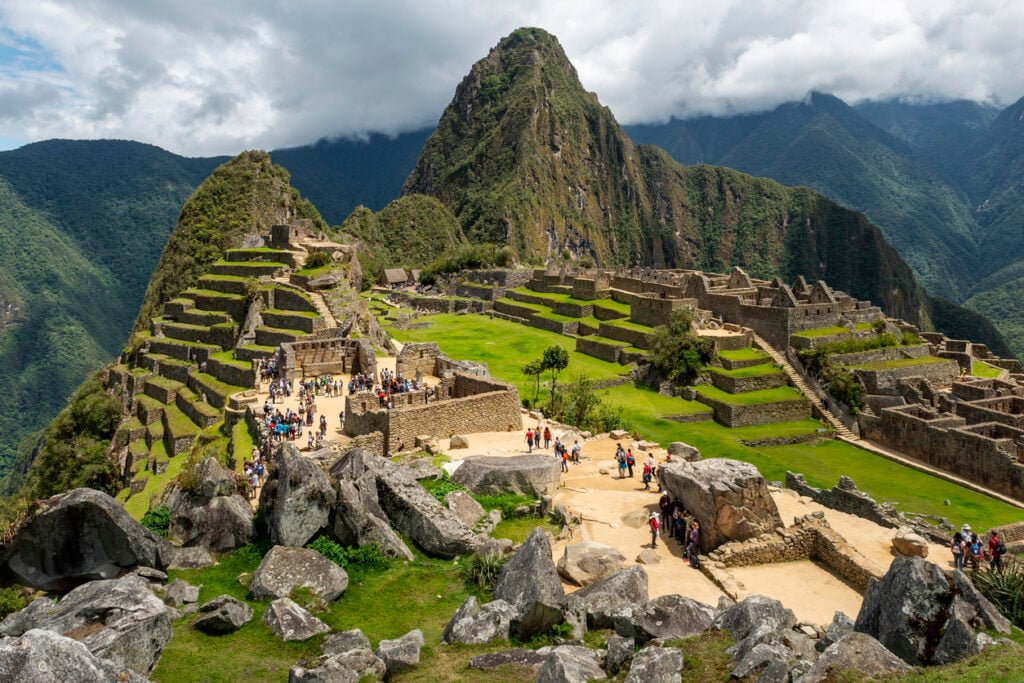
Machu Picchu has always been a dream destination for travelers of all ages, but the increasing foot traffic has taken a toll on its delicate ruins. The Peruvian government has stepped up efforts to control the number of visitors and restricts access to certain trails, making it hard for older travelers who may struggle with the more challenging hikes. This move aims to protect the site from further erosion but leaves some Boomers sidelined by these physical demands.
With tighter regulations and permit systems, Boomers who can’t keep up physically or aren’t quick planners find themselves missing out. Conservation comes first, but it’s bittersweet for many who have waited years to see it.
2. Venice, Italy is addressing overcrowding by limiting tourist numbers.
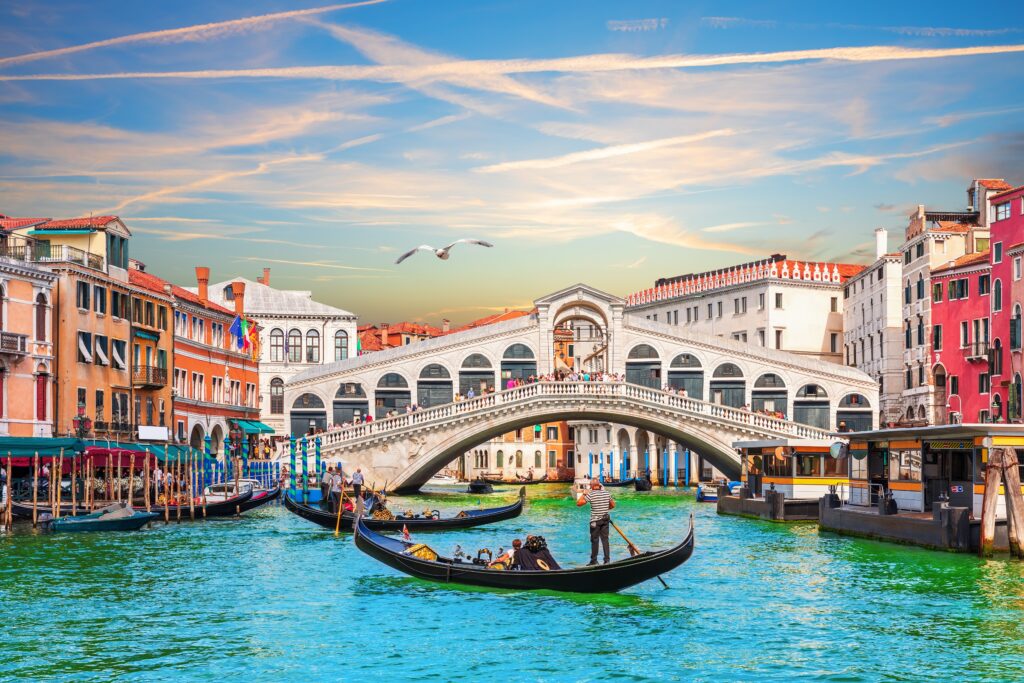
Venice’s charm is undeniable, yet the city has suffered from relentless swarms of tourists. The local government is actively limiting daily visitor numbers to reduce strain on historic infrastructure and preserve the city’s fragile canals and architecture. This indirectly affects older Boomers who might prefer traveling during peak seasons but face difficulty snagging permits or tickets due to these restrictions.
Moreover, the city’s crowded walkways and boat traffic can be overwhelming and physically taxing, discouraging many older tourists. Venice is clearly shifting the focus towards sustainable tourism, even if it means some repeat travelers must adjust their plans.
3. Santorini, Greece is restricting visitors to safeguard its environment.
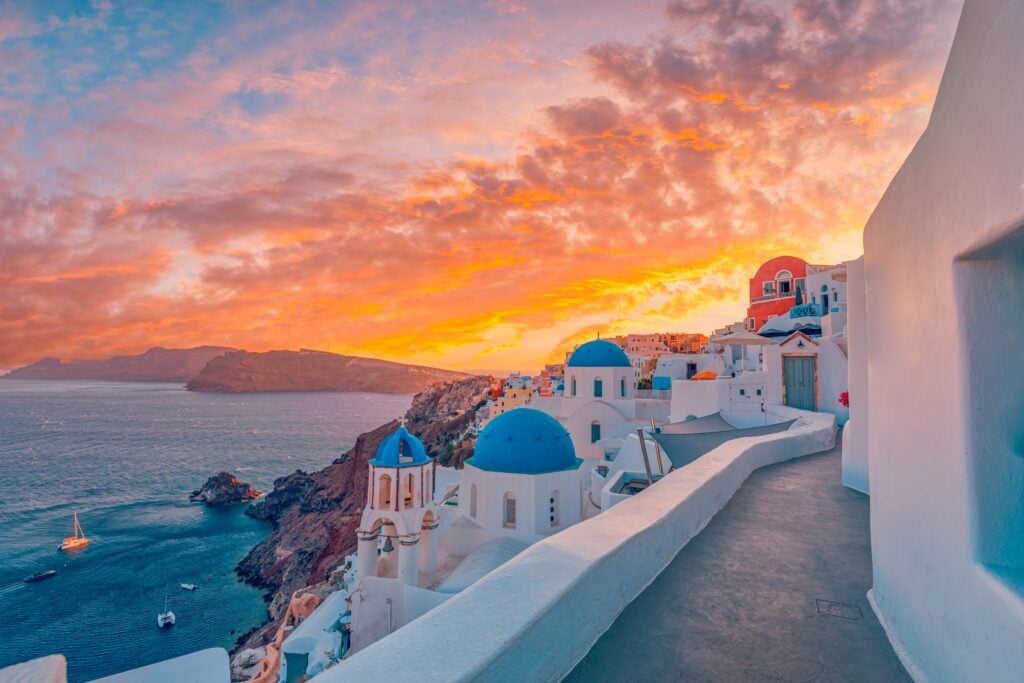
Santorini’s breathtaking vistas come with narrow streets and a fragile ecosystem under stress from constant tourism. The local government is considering visitor caps, aiming to ease infrastructure issues and protect the island’s natural beauty. Crowding and limited mobility challenges particularly affect Boomers, as bustling tourist hubs often prioritize younger, more agile visitors.
For those wanting a peaceful and authentic experience, these restrictions could be a double-edged sword—both a disappointment and a chance for the island to rejuvenate and preserve its appeal for future generations.
4. Mount Everest, Nepal is curbing climbers to maintain its sacred lands.
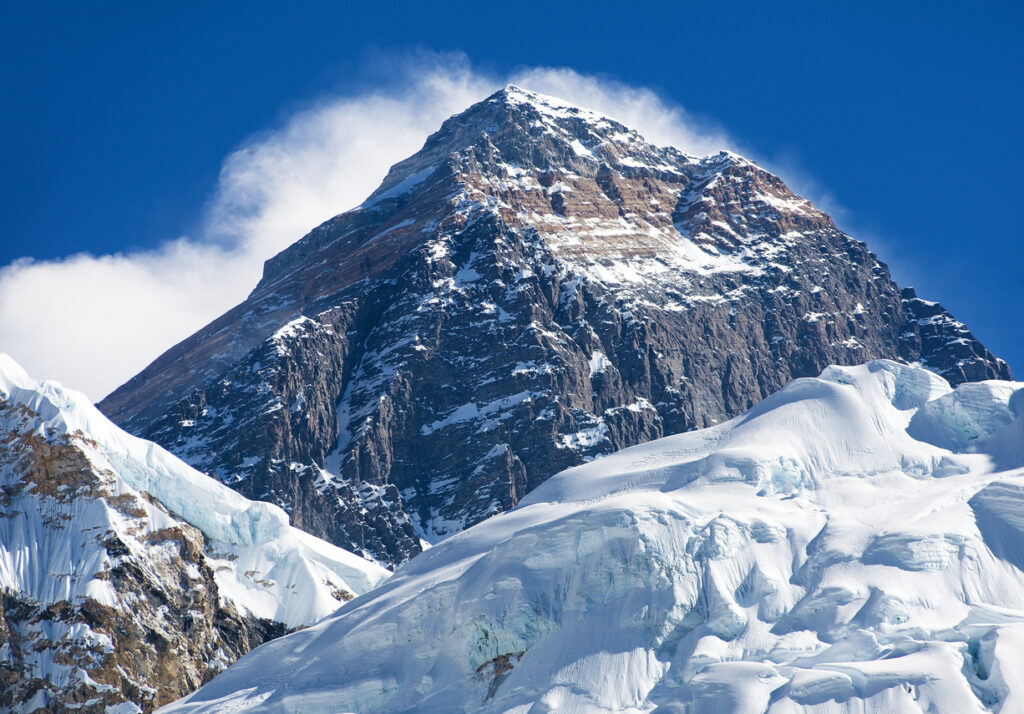
Mount Everest has seen a rush of climbers that threatens both the environment and the spiritual significance of the mountain. Nepal is seriously considering bans or strict limits on climbing permits to allow the mountain to recover. For Boomers, this means that the ultimate adventure might be out of reach if the physical and bureaucratic barriers become too stringent.
While preservation is critical, these limitations highlight the growing divide between adventurous travel and sustainable conservation, affecting older travelers eager to challenge themselves.
5. Boracay, Philippines is planning to pause tourism to restore its beaches.
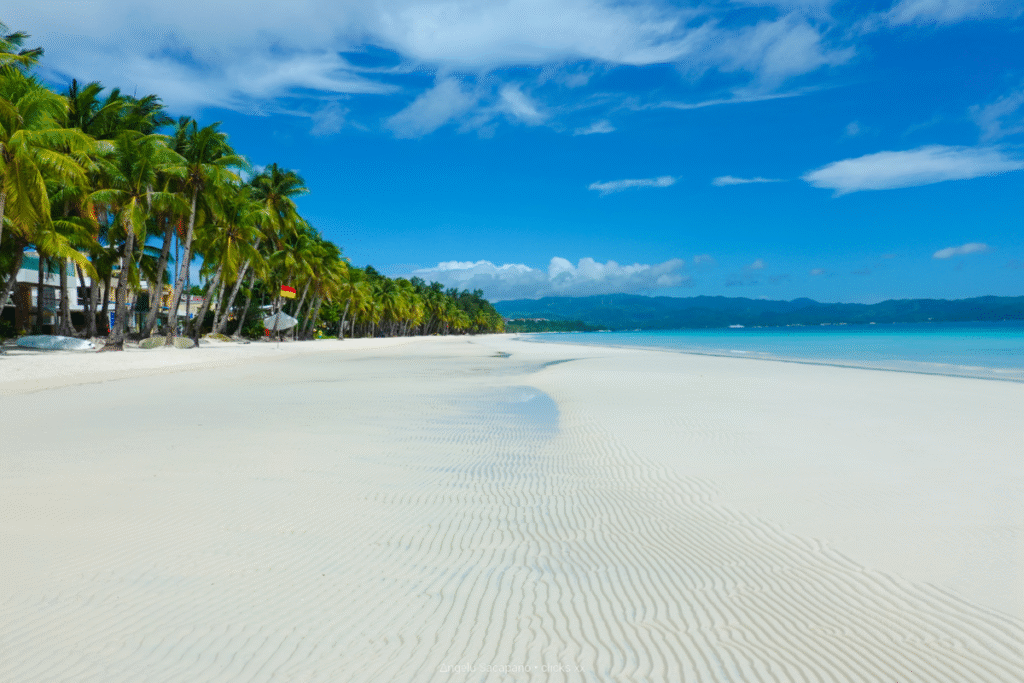
Boracay’s pristine beaches once drew endless visitors but heavy tourism damaged the ecosystem. The Philippine government previously closed the island for restoration and may do so again to prevent further harm. For Boomers, this means access to a once-favorite tropical haven could be restricted periodically, pushing them to explore alternative, less crowded destinations.
Though frustrating for those wanting a relaxing escape, these pauses offer a vital breather for nature and a reminder that sustainable travel often requires patience and flexibility.
